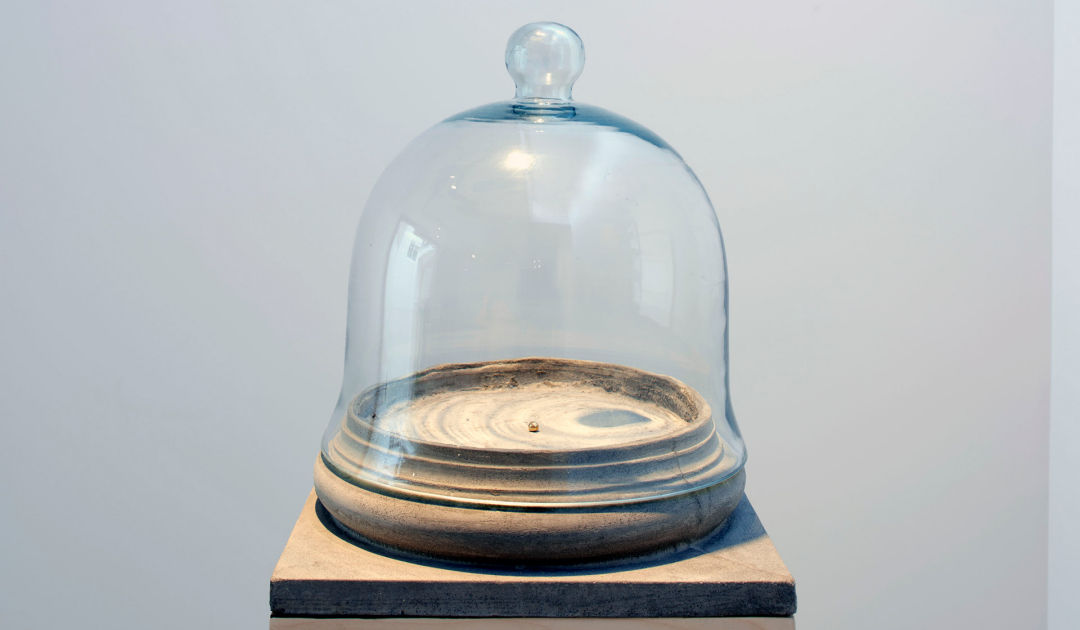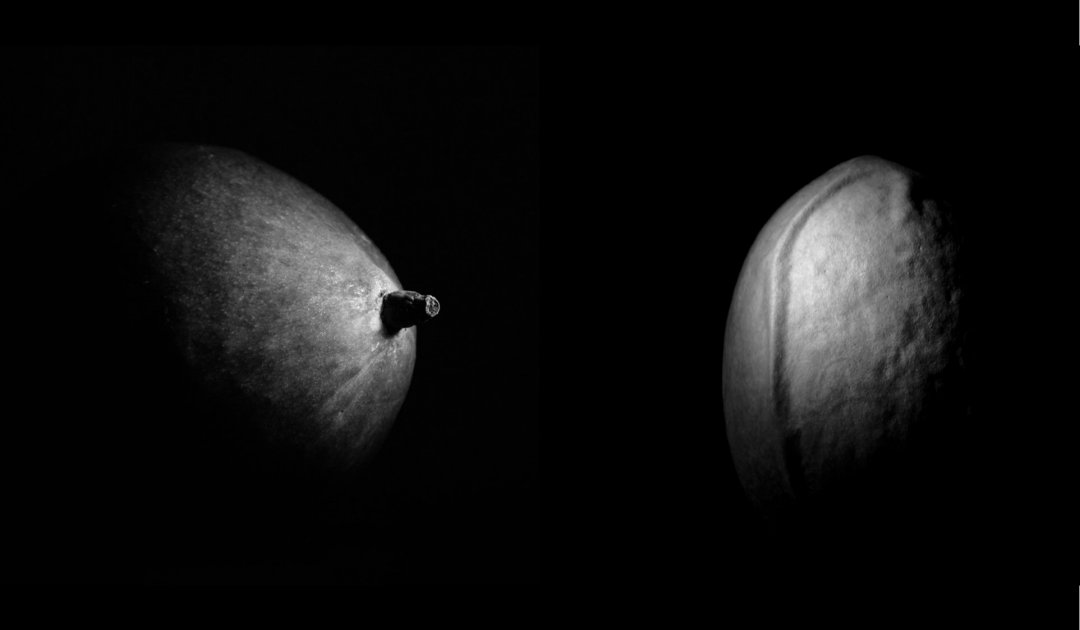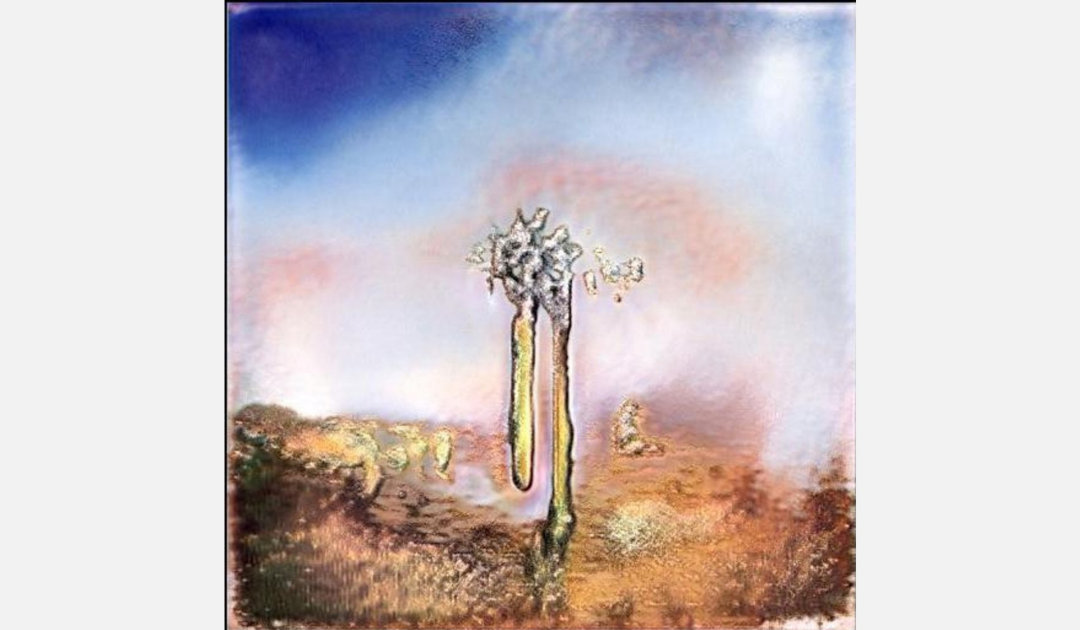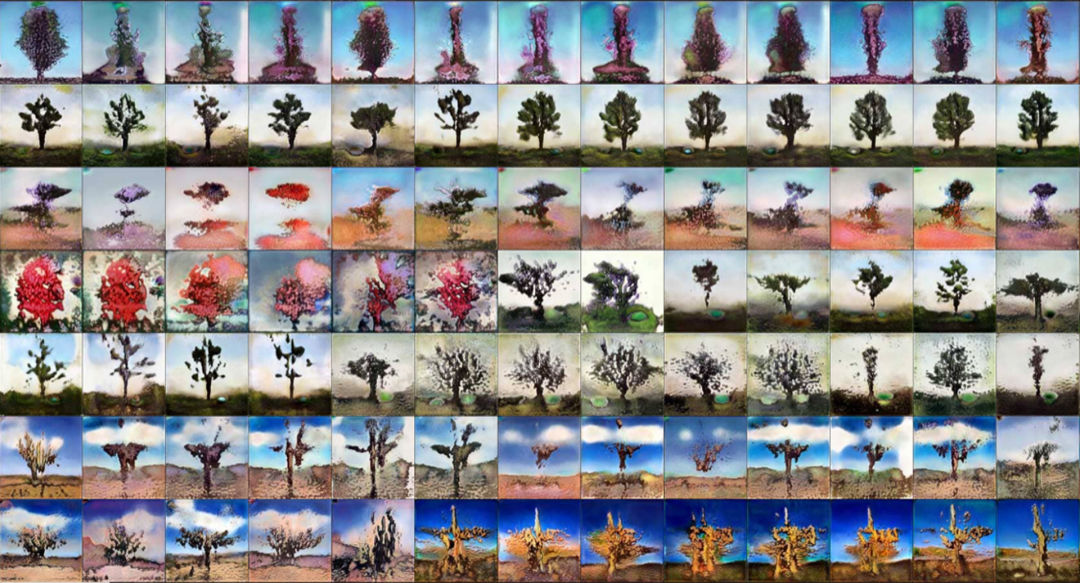
It will receive and store a variety of plant seeds from around the world to protect the world’s biodiversity and ensure the availability of agricultural resources in the future. But in 2022, the Svalbard Global Seed Vault has also become a reference for the art world. In collaboration with the vault, the Artists for Plants art project has launched an international call for works that address the central importance of plants to human life and the planet.
Opened in 2008, the Svalbard Global Seed Vault is a vault that can withstand natural disasters and other potential threats. The vault is built to maintain a constant temperature and humidity, which helps to preserve the seeds stored inside.
The Svalbard Global Seed Vault currently contains more than 1.5 million seed samples representing over 4,000 plant species. However, the maximum capacity is more than 4.5 million seed samples representing almost all known plant species. This seed has been deposited by seed banks – or gene banks – of research institutes and other organizations around the world and is kept in the vault as a reserve in case the seed is lost or destroyed in its original location.
This is not a donation: The seed samples remain the property of the gene banks that deposited them, as if they were kept in a safe. If samples from the primary collection are lost, banks can retrieve copies from the Seed Vault. The facility receives seed three times a year: usually between 50,000 and 100,000 samples each from about 30 gene banks. To date, 93 gene banks have deposited duplicates of their seed collections in the Vault. The Svalbard Global Seed Vault itself is part of the Nordic Genetic Resource Centre (or NordGen), a genetic conservation project comprising several centers in northern Europe.
The repository has no laboratories: it is an unmanned facility. The seed samples and the boxes that contain them are sealed and never touched again once deposited. The facility consists of three rooms, of which only one has been used so far. It took 12 years to fill the first seed chamber, and the second was not filled until 2020.

Seed storage
The seeds are stored in special containers housed in long tunnels dug into the permafrost of a mountain on the island, where the natural freezing conditions necessary to preserve the seeds exist. The location of the vault, high above sea level and far from any larger center, also helps protect them from natural disasters and human intervention.
The Seed Vault is not a research facility or seed bank in the traditional sense, as it does not actively grow or distribute seed. Instead, it serves as a backup solution for the seeds already stored in gene and seed banks around the world, thus helping to preserve biodiversity. If a natural disaster does occur, the Svalbard Global Seed Vault would serve as a reserve seed storage facility where seeds can be stored for future use.
To date, the vault contains 1,194,944 seed samples and 5,974 species. The seed deposit is located more than 100 meters inside the mountain, under rock layers 40 to 60 meters thick. Indeed, the seeds are heavily protected and stored at 18 degrees below zero, a temperature at which they can survive for thousands of years.


Seeds planting art
In 2022, Artists for Plants launched an open call for artists from around the world in collaboration with the Svalbard Global Seed Vault. The goal was to make an important contribution to raising awareness of the central importance of plants in our system. The call, titled Seeds planting Art, invited artwork dedicated to seeds, a symbol of the potential energy contained in a seed of renewal and rebirth.
Numerous artists from more than 20 countries – from Argentina to New Zealand, from Serbia to Iran – have answered the call and submitted an extremely diverse range of works from the fields of literature, poetry, film, photography, painting, multimedia, music, theater, video and digital art. The works were then selected by a jury composed of art and environmental experts, including actress and writer Lella Costa and Svalbard Global Seed Vault coordinator Åsmund Asdal. The digital gallery of selected artworks can be viewed on the Artists for Plants website.

Plant blindness
Artists for Plants is an international art project that defends the indispensable role of plants for the well-being of humanity and the planet. Among the founders is the musician Sara Michieletto, first violin of the La Fenice Theater in Venice. Michieletto confesses that she has always had a passion for plants. “Like so many people, I have been affected by ‘plant blindness,’ the inability to truly see the plants around us, as they are too often used only to beautify our habitats. It’s a perspective that fails to recognize the real potential of plants to impact the world around them.”
“Artists for Plants was created in 2019,” Michieletto explains, “as a result of a series of incredibly profound personal and professional experiences that arose after an artistic residency in the Amazon that I shared with Stijn Jansen, another founder of the initiative.” During the lockdown, the musician says, she read book after book about the properties of plants – “including, of course, Stefano Mancuso’s books” – and how they communicate and deal with relationship dynamics. This research was also enriched by a meeting with ecologist Giuseppe Barbiero of the University of Valle d’Aosta, one of the world’s leading experts on biophilia.
Cooperate like plants
Sara Michieletto and the other co-founders of Artists for Plants draw profound inspiration from plants, and not just in the artistic realm. “We have discovered that the life forms that thrive best on our planet are those that cooperate – not those that compete,” Michieletto explains, emphasizing that this aspect is too often missing in our society. Within the project, people work in an atmosphere of total collaboration and mutual support, without hierarchies, giving priority to dissemination over centralization – an approach that perfectly matches the behavior of the plants. The next call for Artists for Plants is planned for spring 2023.


Rihards Vītols, Mežs, 2021, Lettland. Ausgearbeitet von Rihards Vītols
Åsmund Asdal, coordinator of the Svalbard Seed Vault, is very pleased with the experience of working with artists that has been promoted by Artists for Plants. He also explains that a piece of art on the façade of the seed vault has helped to make it known. “Norway requires that artwork be installed in all public buildings. The competition for the decoration of the seed depot was won by Dyveke Sanne: His art contributes greatly to the symbolic power the depot has acquired, making it a global symbol of the importance of caring for plant genetic resources.”
Text: Erica Villa
The article first appeared in the Italian Radar Magazine and is reprinted here as a product of the collaboration.
Link to the website of Artists for Plants
More on the topic





